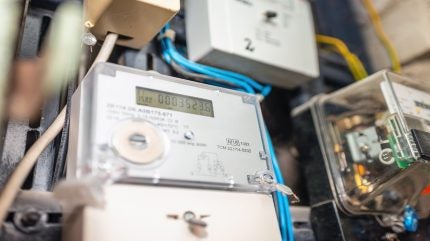
Germany’s energy grid regulator, Bundesnetzagentur, has proposed a plan that could save power customers €1.5bn ($1.71bn) from 2026 to 2028 by eliminating payments to small conventional power generation units.
The regulator intends to gradually eliminate the payment of tariffs for distributed feed-in.
The tariffs will be cut by 25% annually, starting from 1 January 2026, with no further payments for distributed feed-in to be made from 2029 onwards.
The payment for distributed feed-in under section 18 of the Electricity Network Tariffs Ordinance (StromNEV) is made by grid operators to certain conventional power plants connected to local networks, excluding solar and wind energy.
These costs, known as avoided network tariffs, are paid by electricity consumers through their regular network charges and total around €1bn per year, making up around 3% of Germany’s network costs.
Bundesnetzagentur president Klaus Müller said: “We are proposing to save consumers and companies a total of €1.5bn over three years.

US Tariffs are shifting - will you react or anticipate?
Don’t let policy changes catch you off guard. Stay proactive with real-time data and expert analysis.
By GlobalData“Subsidising power plants through so-called avoided network tariffs at the expense of consumers is no longer appropriate.”
The regulator has opened a consultation period for this proposal, which will run until 23 May.
Additionally, Bundesnetzagentur has recently approved the A-Nord power link, a significant infrastructure project featuring a 2GW subterranean direct current line that spans more than 300km in north-western Germany.
Planned since 2018, this transmission link will connect the offshore wind power port of Emden with Meerbusch near Düsseldorf and is expected to become operational by mid-2027.
This project is a part of Germany’s broader strategy to upgrade infrastructure and transmit wind energy from the north to the more industrial south.


